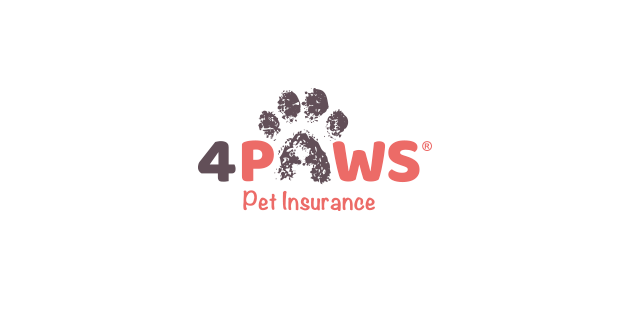19 Jan Separation Anxiety
Dogs much like humans are social animals and as we are now spending more time out and about again, being left alone more regularly can be unsettling and stressful for our pets and can lead to something called separation anxiety.
The Pandemic
Throughout the Covid 19 pandemic, we all experienced the UK lockdown on various occasions. This resulted in us spending much more time at home, which had one positive outcome, we all had more valuable time with our pooches!
This was a great perk but what happens now we’re returning to the office more often and going out more?
What is separation anxiety in dogs?
Separation anxiety is a problem where the dog exhibits behaviours linked to stress, typically as soon as the owner leaves.
These behaviours can include barking, howling, household destruction or making attempts to escape.
Why do dogs get it?
Because dogs are as social as us, separation anxiety can occur when they are forced to be left on their own.
This is particularly common when a puppy or rescue dog has never been taught to spend time alone, or an existing dog has become used to having its owners around for more time than previously.
As many of us have spent much more time at home over the last two years, this is currently a very likely scenario.
Cats can also develop separation anxiety but it is much less common as they tend to be much more solitary animals.
Signs of separation anxiety
Just like for many other stressful situations, you can usually tell when your dog is exhibiting signs of anxiety too. Here’s what to look out for:
- Barking, howling or whimpering
- Destructive behaviour (scratching, digging and chewing)
- Soiling in the house
- Increased heart and respiratory rate
- Heavily panting
- Salivating
- Shaking
How to prevent separation anxiety from developing
There are many things that can be done to prevent a dog from developing separation anxiety. Here are some tips to try, they’re best used whilst you’re still home as a conditioning technique, so when you do leave the house the familiarity of certain environments are comforting.
Please note that not everything will work for all dogs and it may be best to seek the advice of a vet or dog behaviourist;
Make use of a crate or baby gate
This will allow your dog to have some time away from you while you are still at home. You can build this up in stages, starting for as little as a minute! If your dog becomes distressed you can also stop using this technique.
Use noises as a distraction
By turning on the radio or TV, the background noise can often be a source of comfort for your dog.
Keep structure in your daily life
By getting up at the same time, eating at the same meal times etc, your dog can pick up on your routine and will know what to expect.
Activity toys can keep your dog mentally stimulated
Toys are a great way to keep your dog busy, however, ensure your dog gets these at different times. This will avoid your dog from making an association of being alone with the toy.
Slowly increase the time you leave your dog alone
Even if you don’t need to, begin to leave the house without your dog and work your way up to longer periods.
Maintain your dog’s routine
Ensure they are fed at the same time each day and walked at the same time you normally would whether you’ve been to work or not.
We hope that these suggestions help both you and your pet reduce signs of separation anxiety. If our advice hasn’t eased the separation-related behaviour, talk to a vet and they may refer you to a clinical animal behaviourist. They will help you identify the underlying cause of the problem and develop a treatment plan which works for you and your dog.




